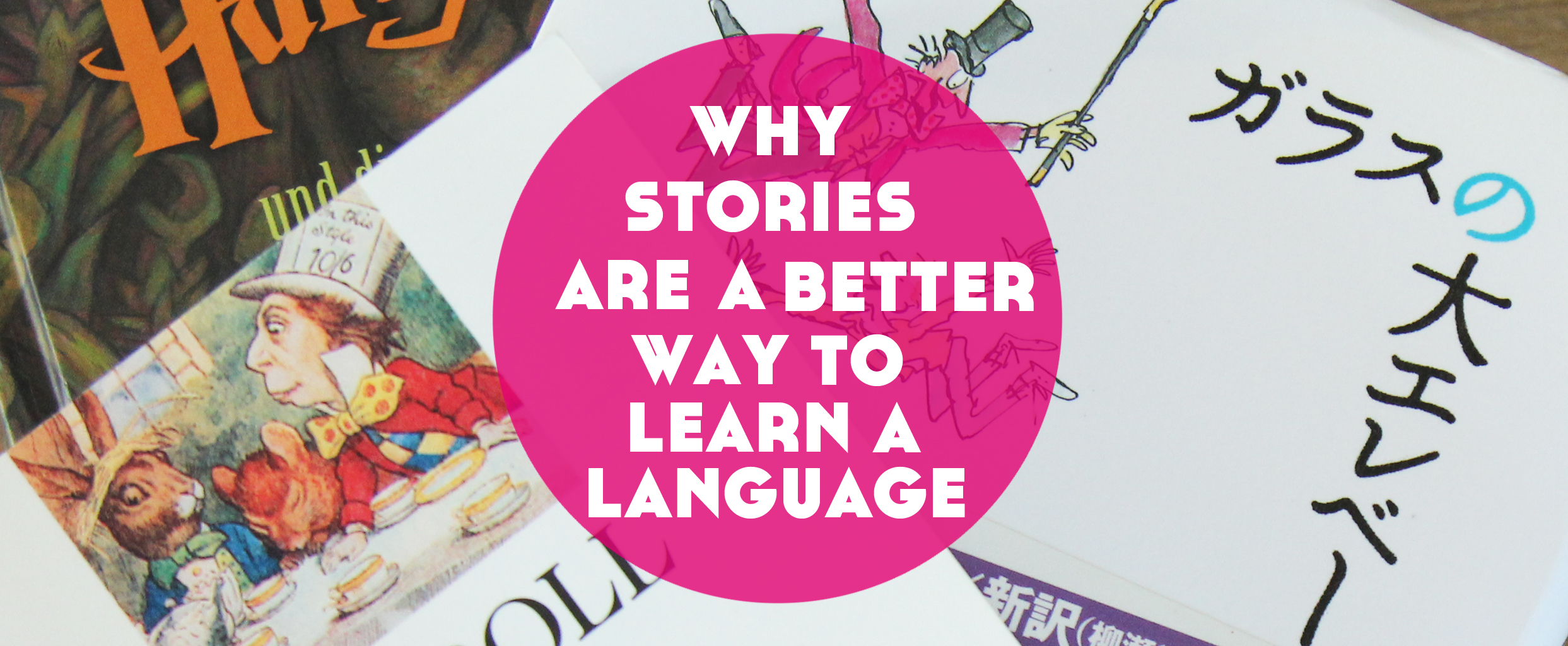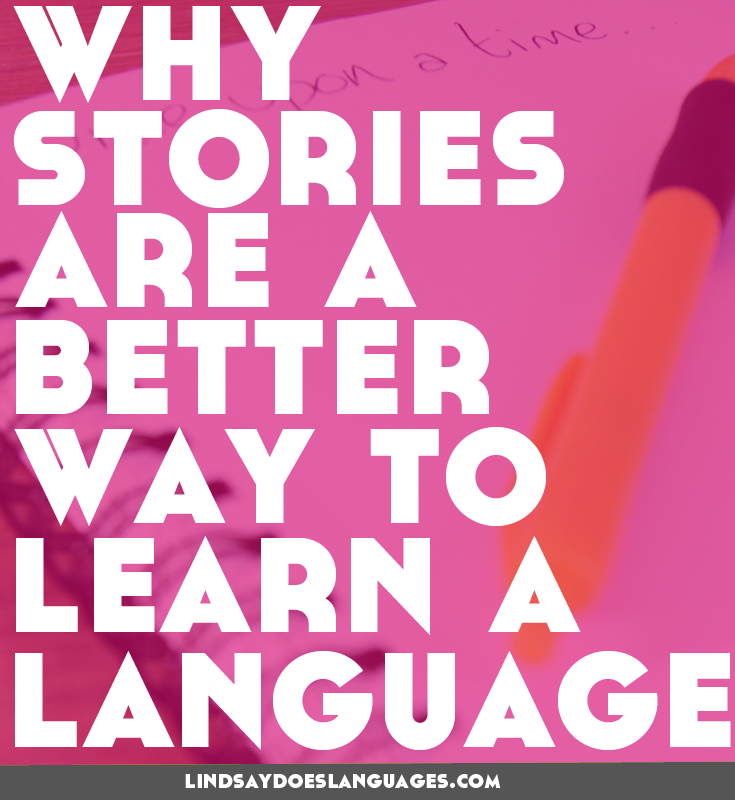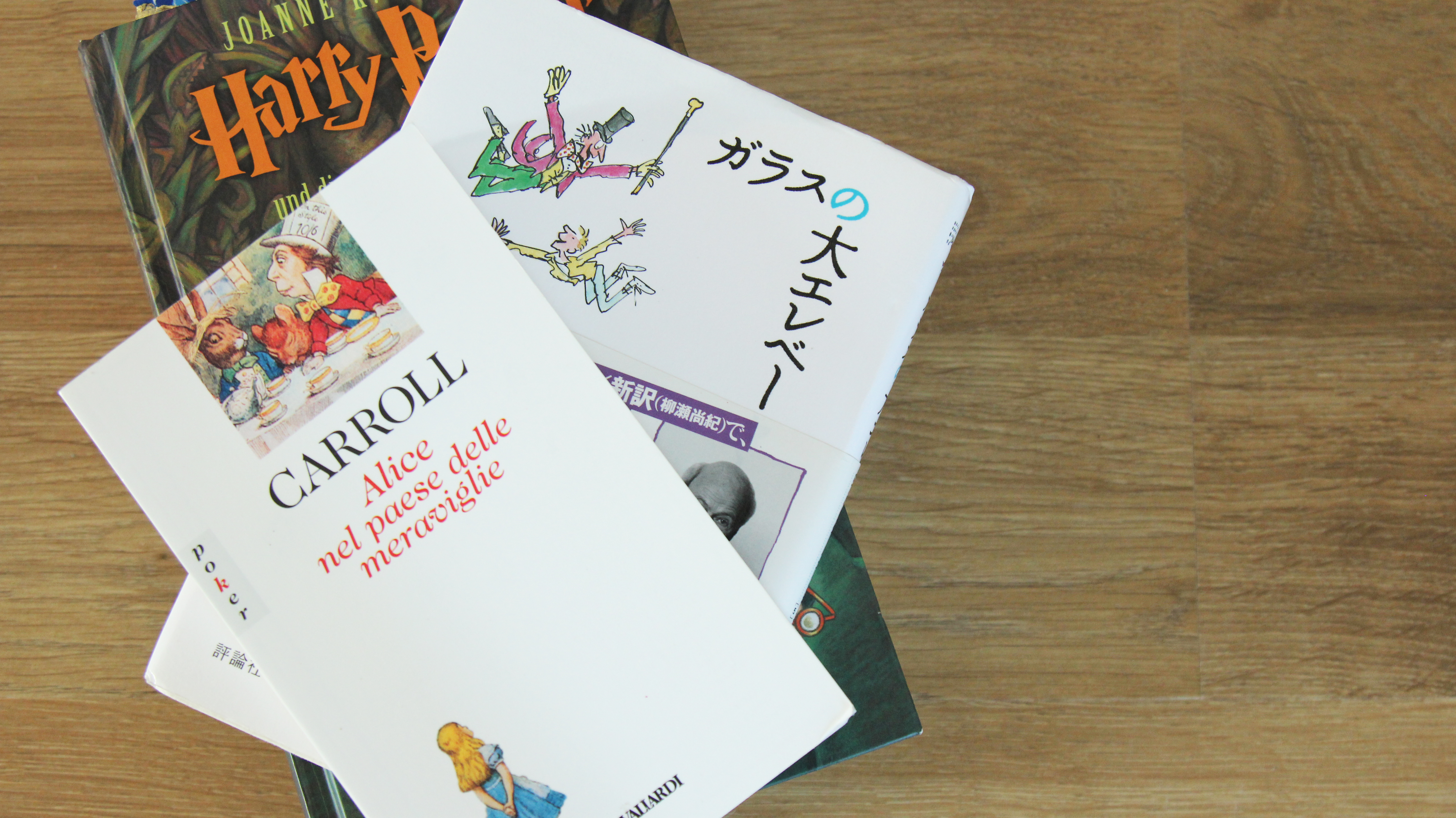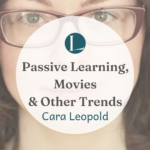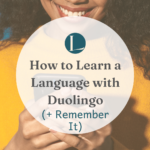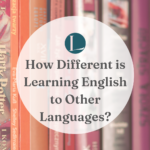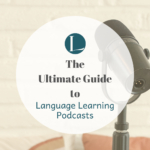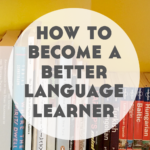October 12th, 2015
Why Stories Are A Better Way to Learn a Language
So often in language learning resources, we’re given sentences showing us how to use what we’re learning. This is all well and good, but sometimes it’s not quite enough.
For my first online course, I knew from the start that I wanted to do something different. That’s why I settled on stories to master that well-known (and hated!) topic amongst English learners of phrasal verbs.
Today, I want to share the reasons why I did this and why stories are a better way to learn a language. Let’s go!
Familiar
When things become familiar, we care about them more. This is one reason why there’s often series of advertisements for products that can last for years using the same people, design, or format. We are familiar with it, therefore it’s more comforting and enjoyable.
So why don’t we bring this into language learning?
In this course, there’s exposure to over 500 phrasal verbs. If I just listed all of these with examples, it wouldn’t be enough. You need something more.
That’s why I’ve created stories revolving around 4 people, Tina, Mark, John, and Hannah, whose lives all intertwine and whose stories become more engaging as we become familiar with their characters.
Interesting
For me, the most boring thing when learning a language is grammar drills. Not grammar books. Grammar books I love, but the drills. YAWN.
So if there was something out there using story to make grammar drills interesting, I’d be all over it.
Stories make language learning more interesting because they give us something else to think about.
It’s like hiding peas in mashed potato to get your children to eat their veg. A cunning disguise for something we don’t look forward to.
Plus, although we’d probably deny it, we’re all super nosy. For this reason, I’ve not only included stories about the 4 characters Tina, John, Mark, and Hannah, but also one-sided phone calls to listen in on. Gossip galore!
Engaging
Following on nicely from those two points, if something is familiar to us and interesting, then we’re going to find it more engaging.
When we’re more engaged, we’re going to be enjoying ourselves more, and be more likely to associate that positive experience with what could be a negative one (for example, my grammar drills!).
Many students I’ve worked with in the past almost shuddered at the mention of phrasal verbs before we began studying them. Previous study had involved nothing to engage them so they had nothing positive to associate with phrasal verbs.
After working together to create stories around sets of verbs, they all felt much happier and less afraid of using phrasal verbs, simply because they were engaged in the stories we’d created.
Memorable
When I was younger, I remember being taught that Richard Of York Gave Battle In Vain. Every time I’d see a rainbow, I’d picture our friend Richard sat on a horse fighting with a mirror in hand. I didn’t know what ‘in vain’ meant back then. (Note: it means ‘without success’).
Regardless, that little one-liner helped me to build a picture and a story in my head and to consequently remember the colours of the rainbow.
These things work. Creating and using stories in language learning has this same effect.
Chance to practise
It’s one thing to be told a story to help you remember something, it’s quite another to create your own story.
Not only does this give you a chance to put what you’ve learnt into practise, but if something has come from your brain as opposed to whoever created your language learning resource, then you’re more likely to remember it.

